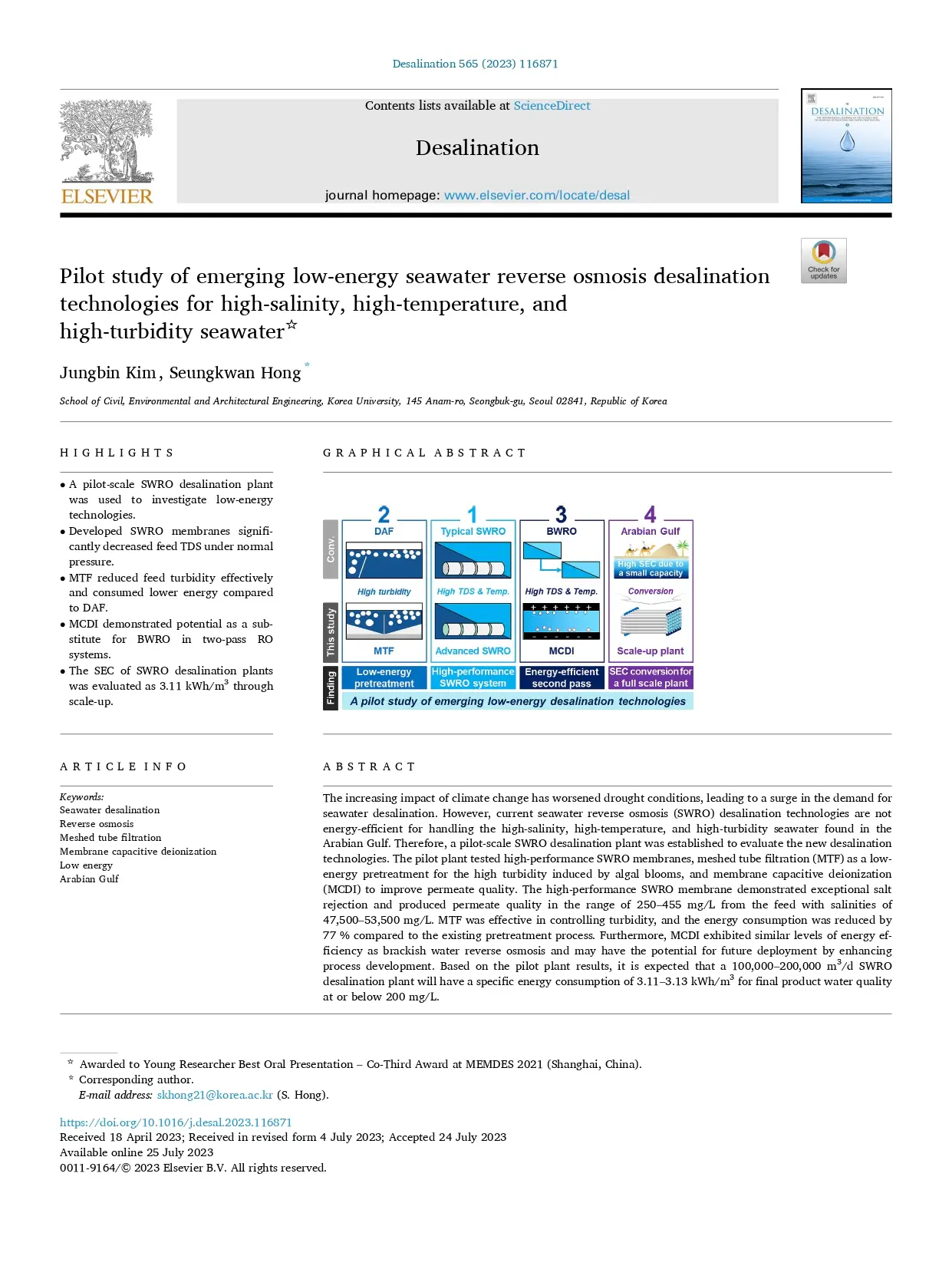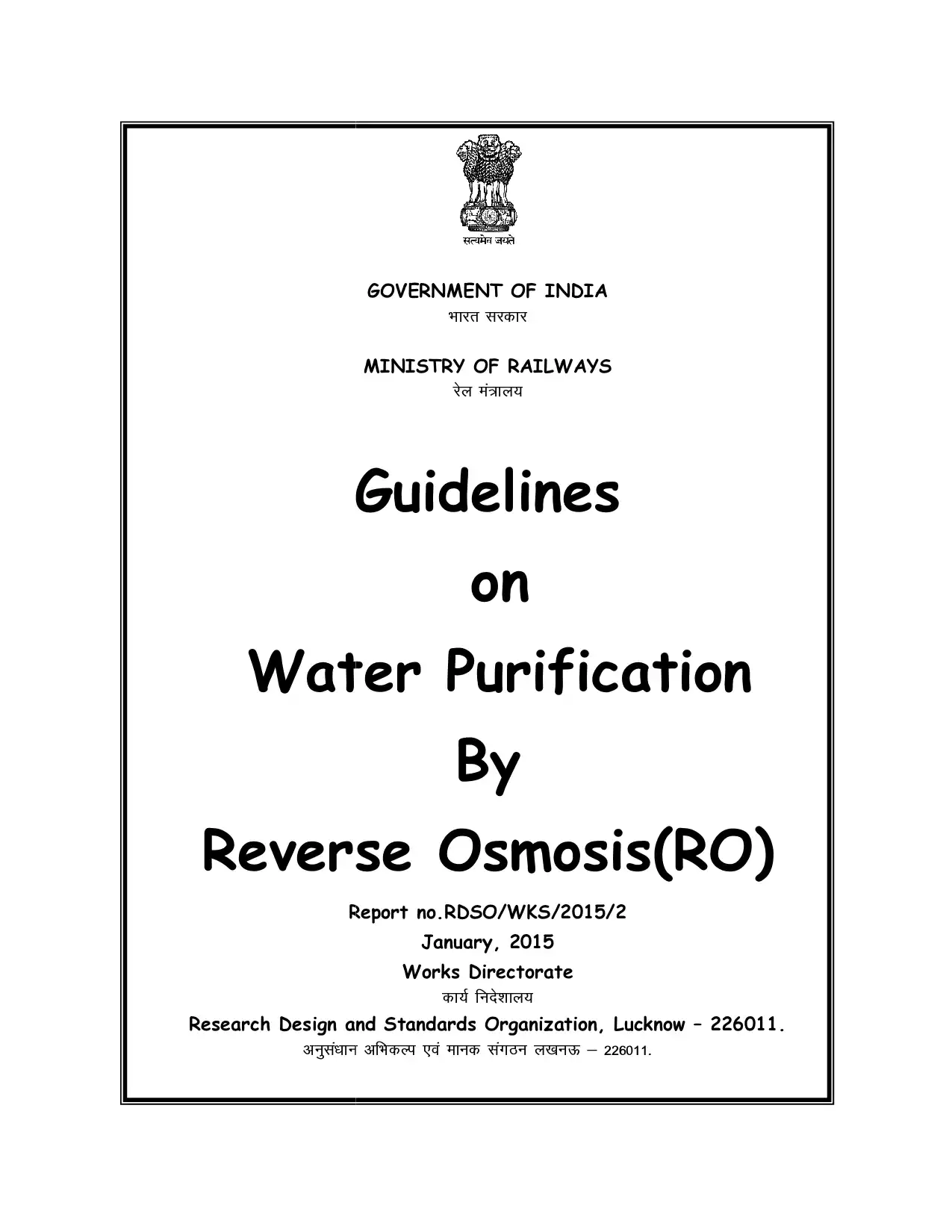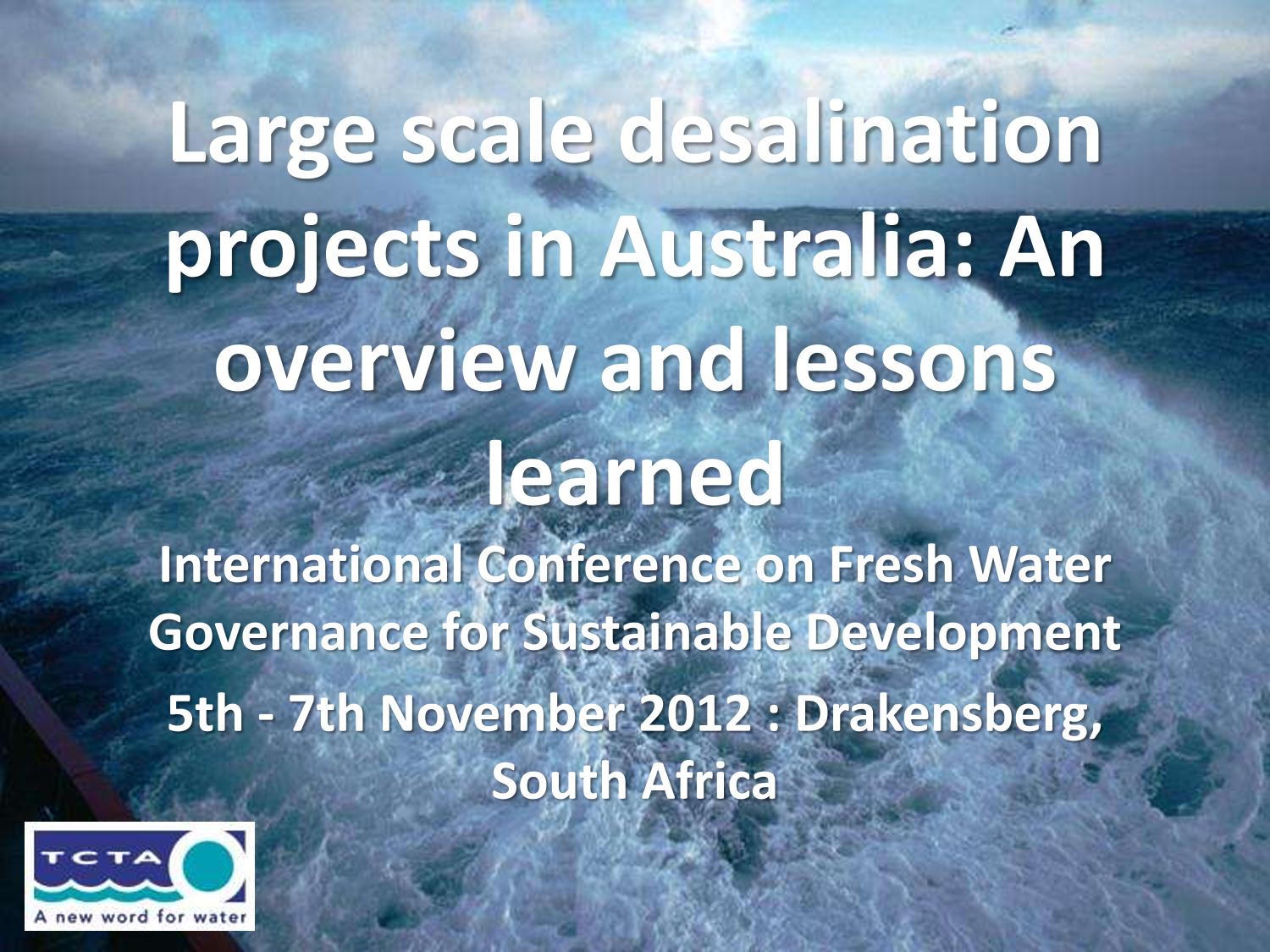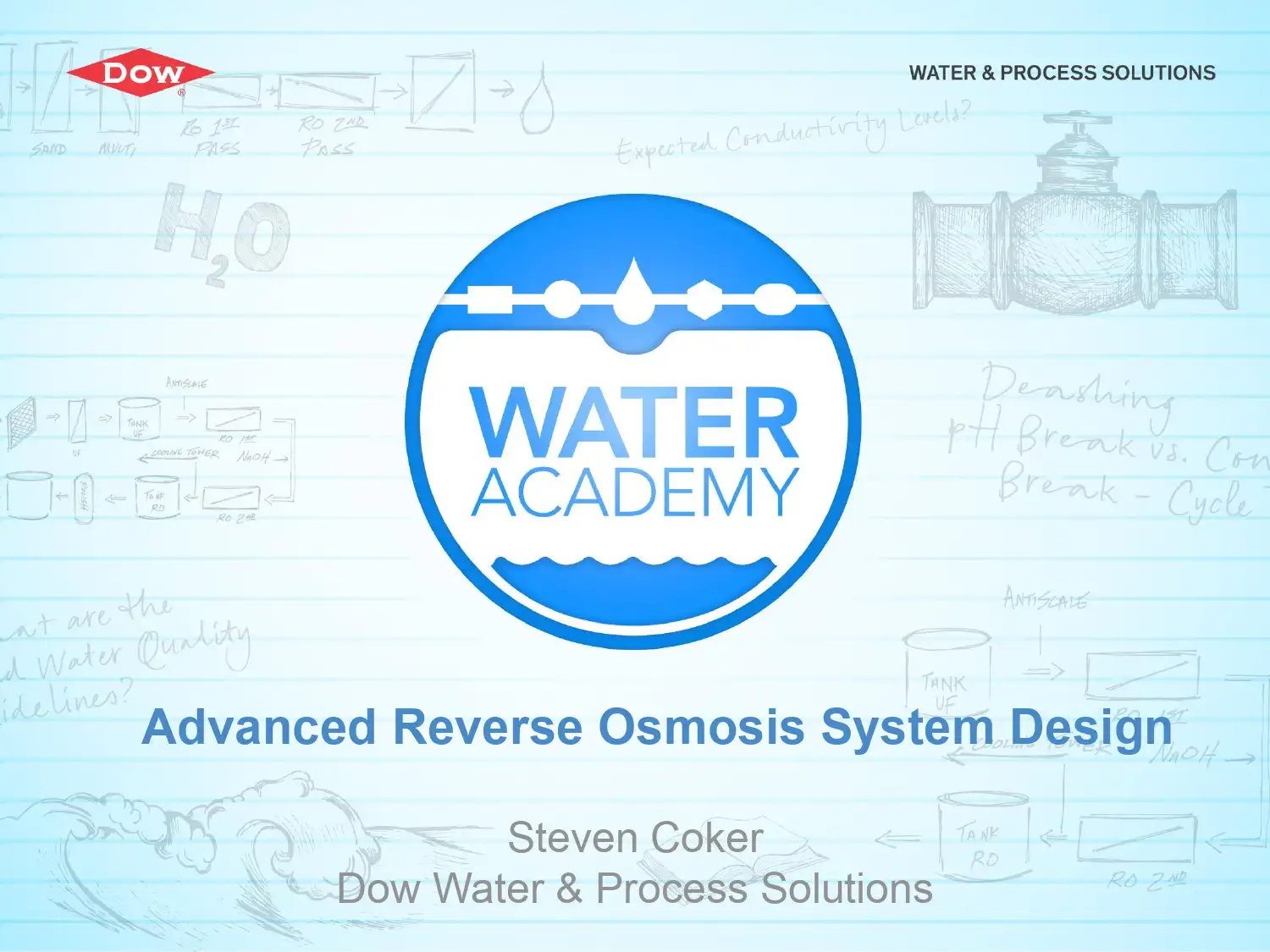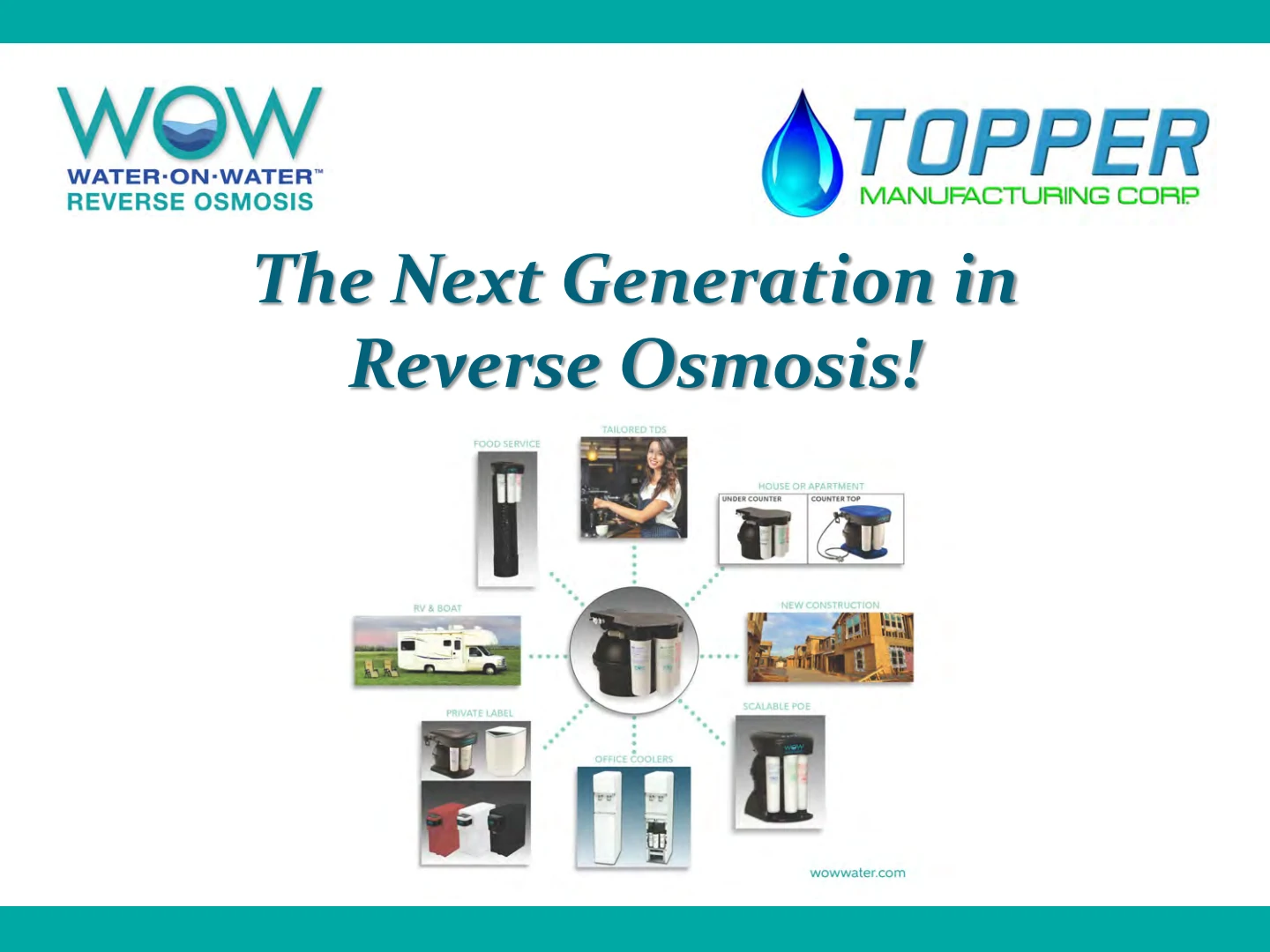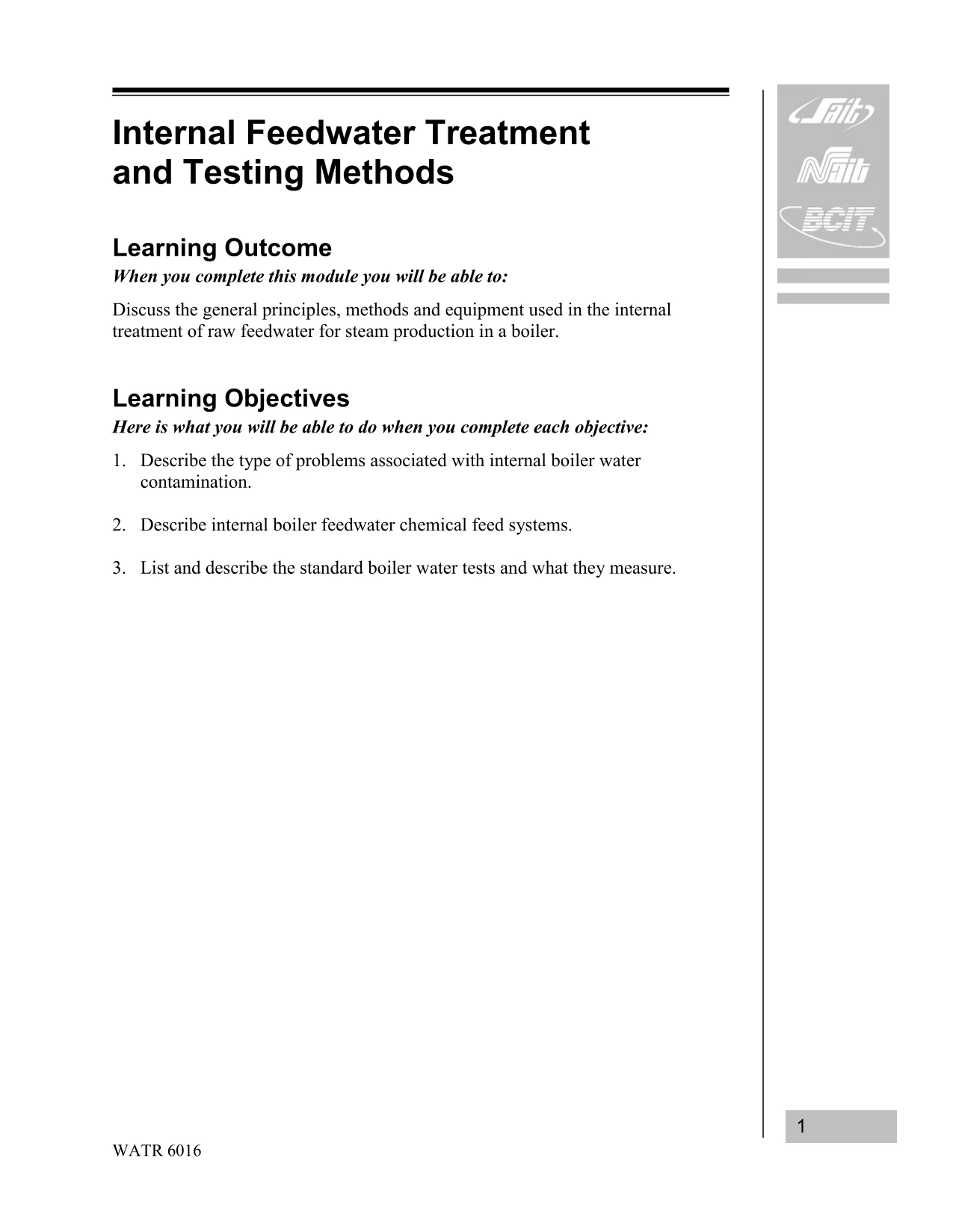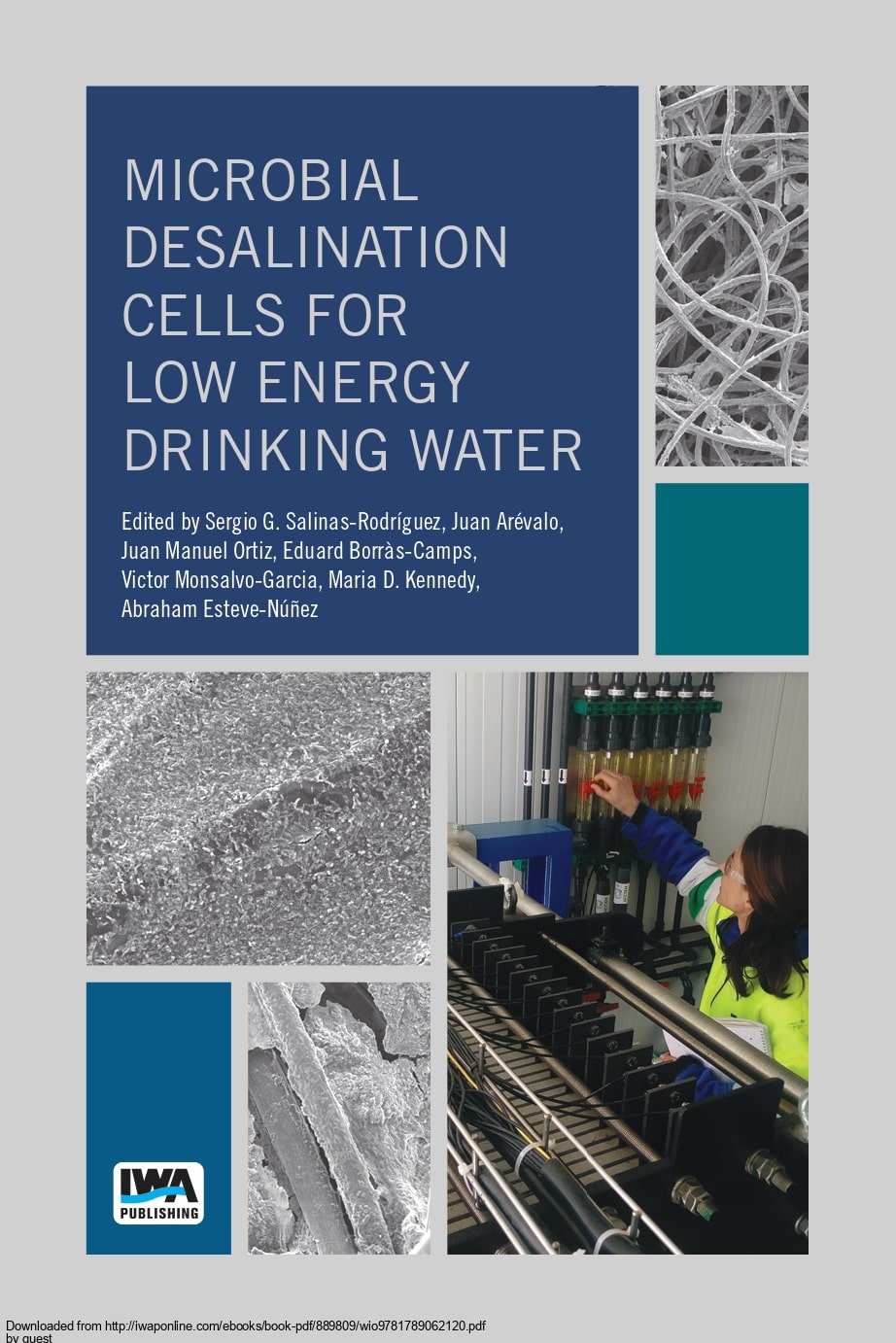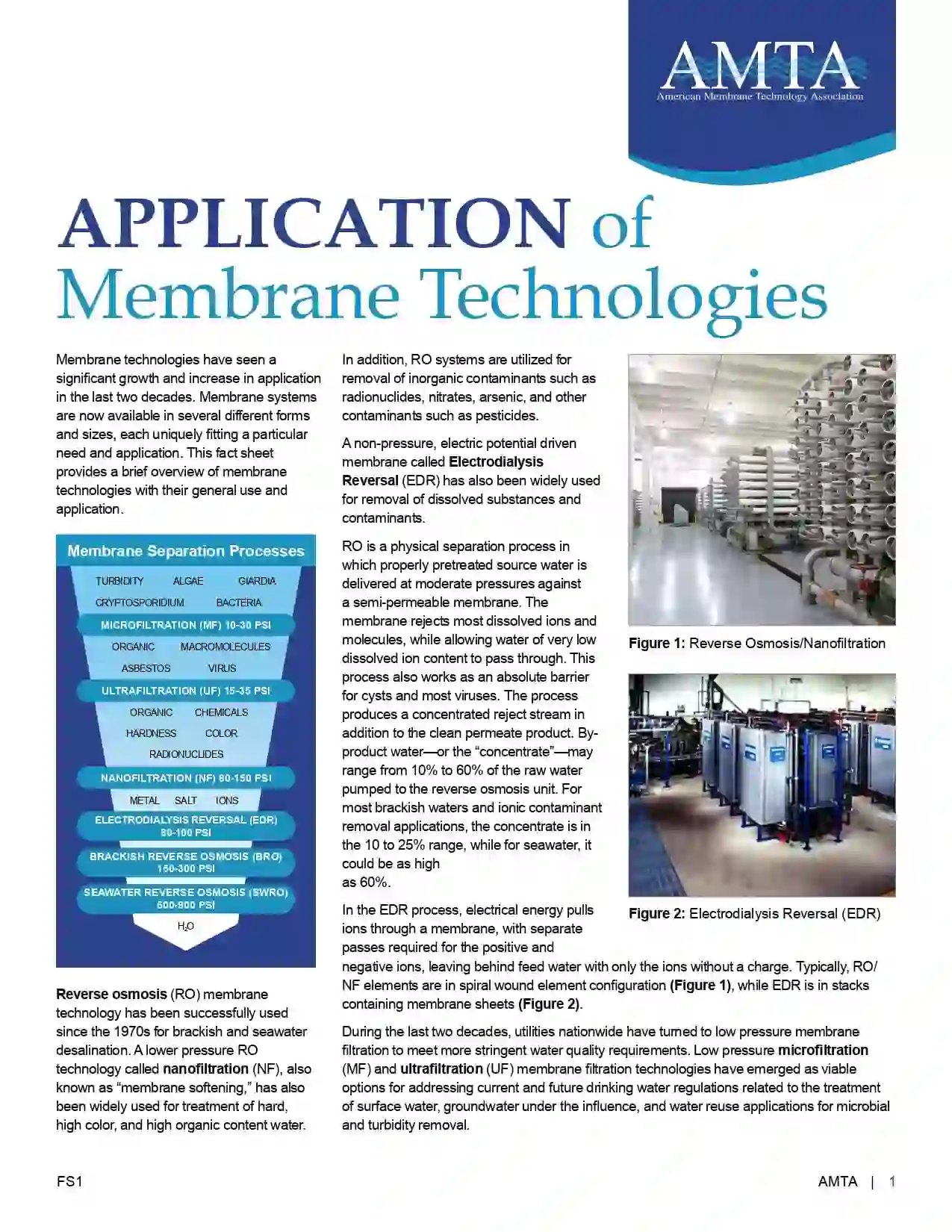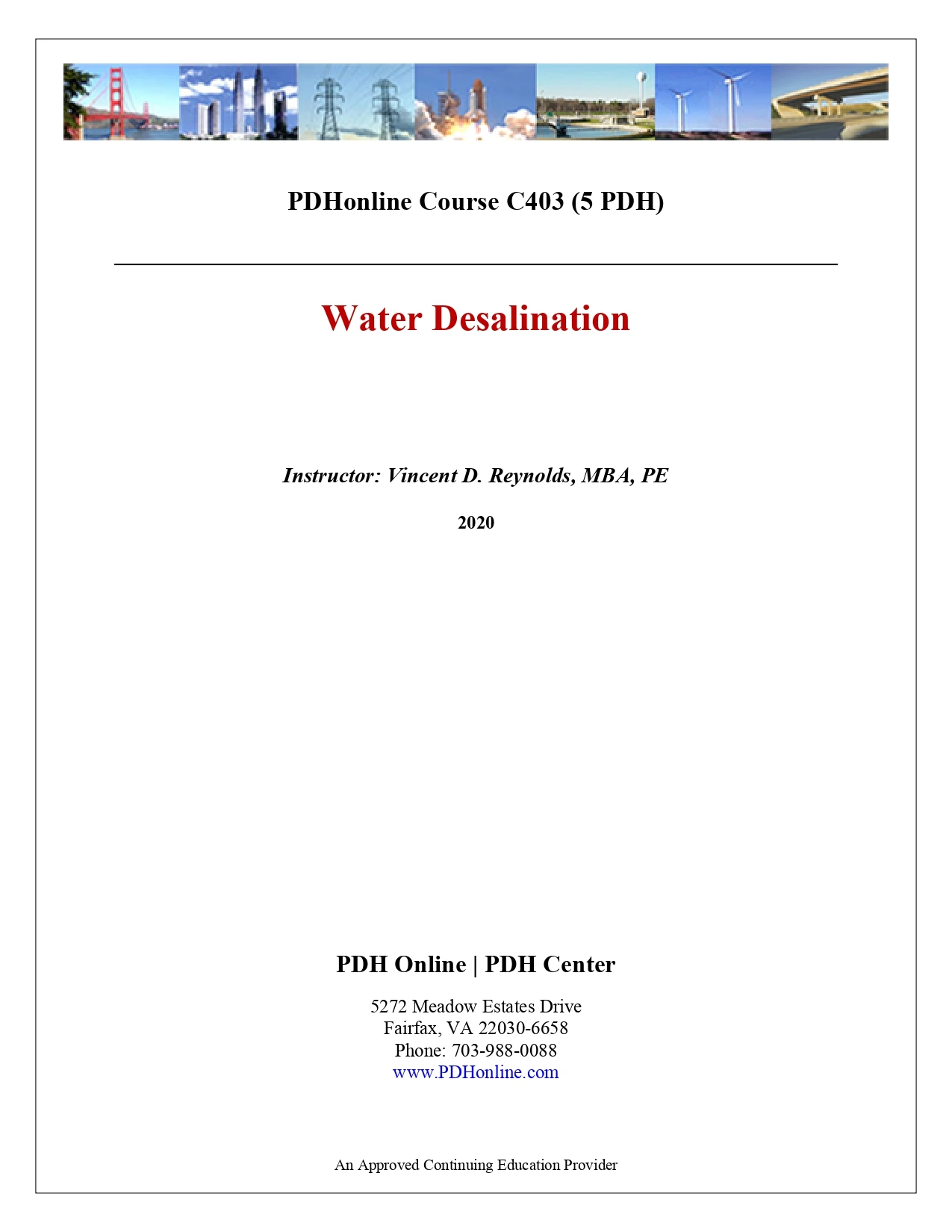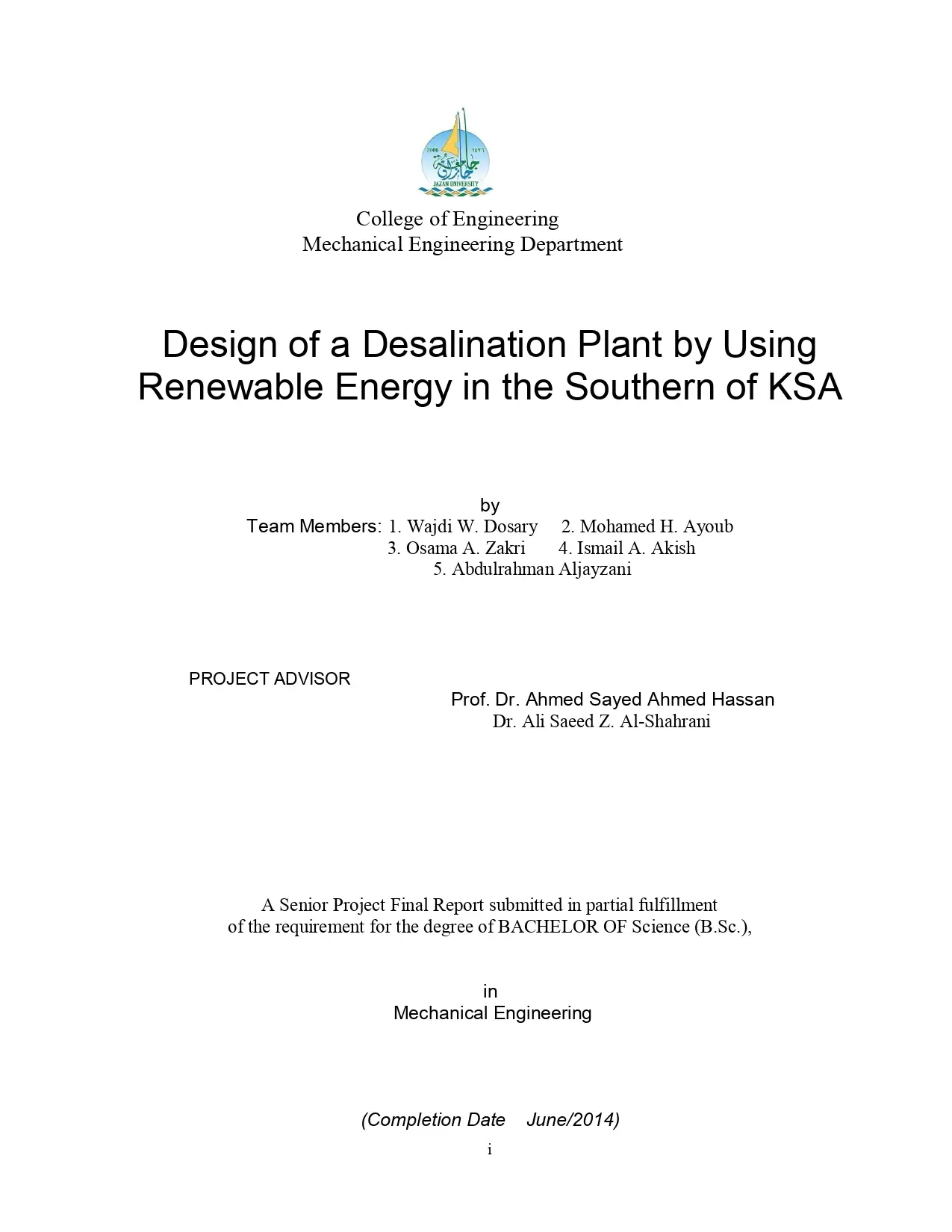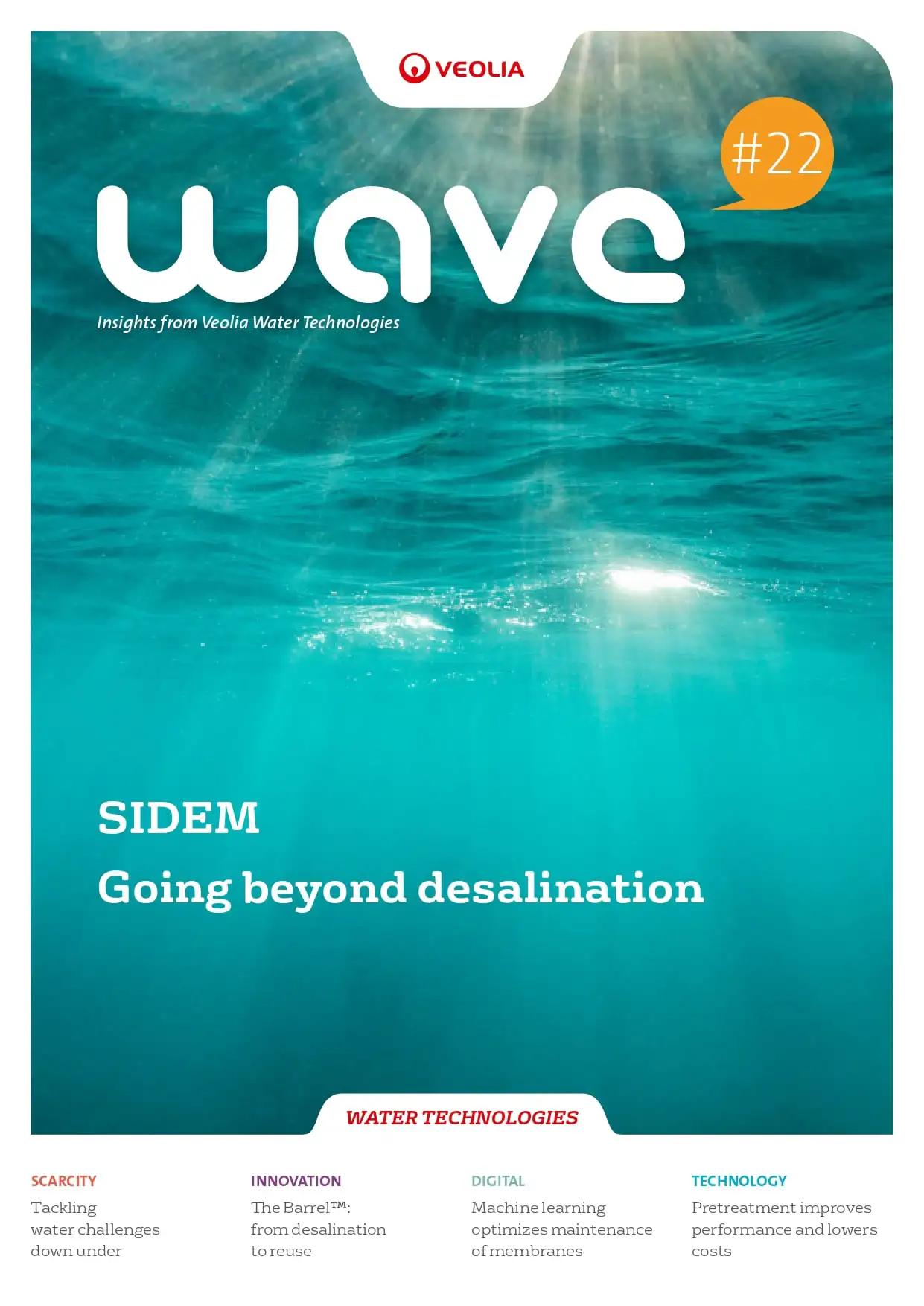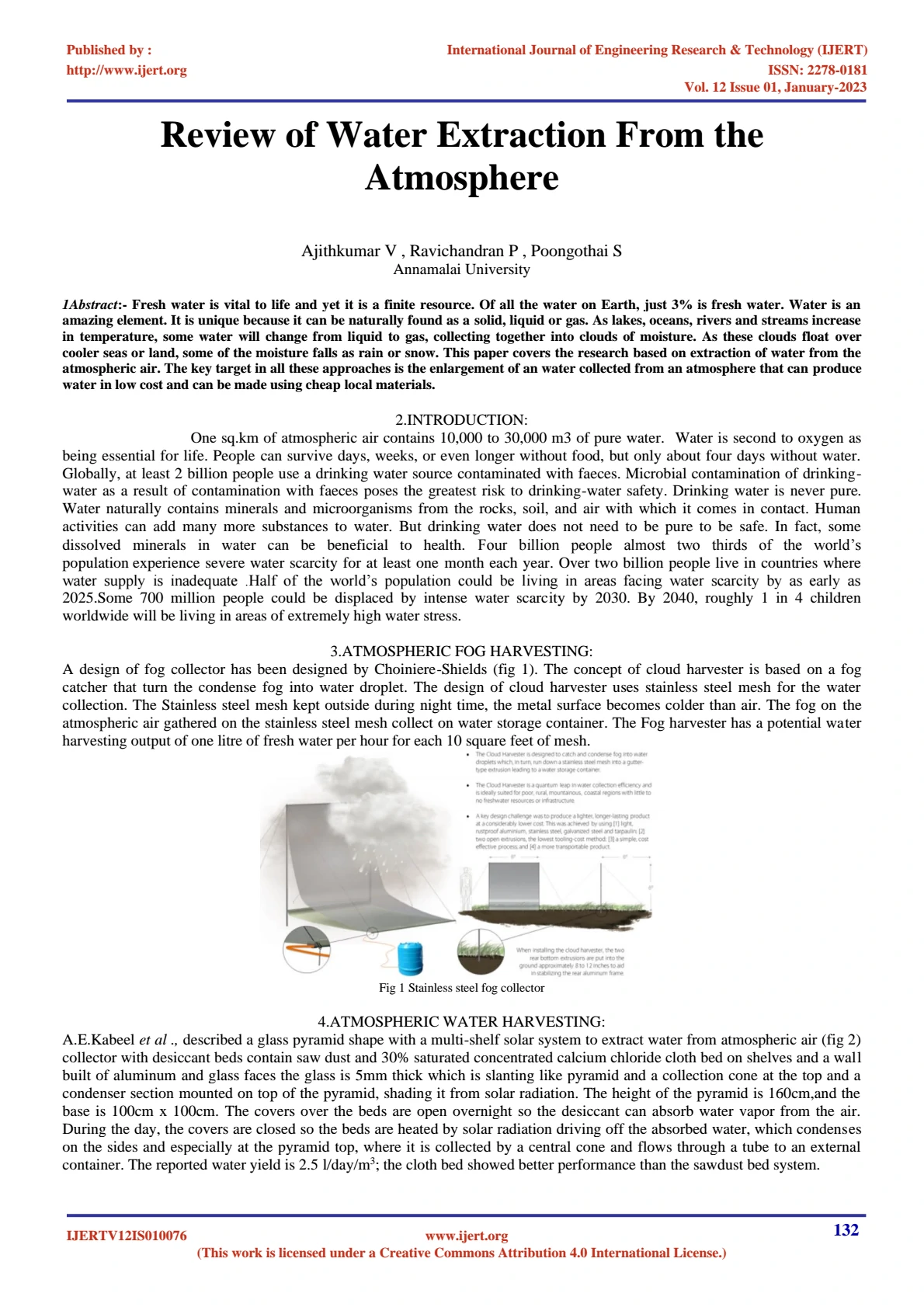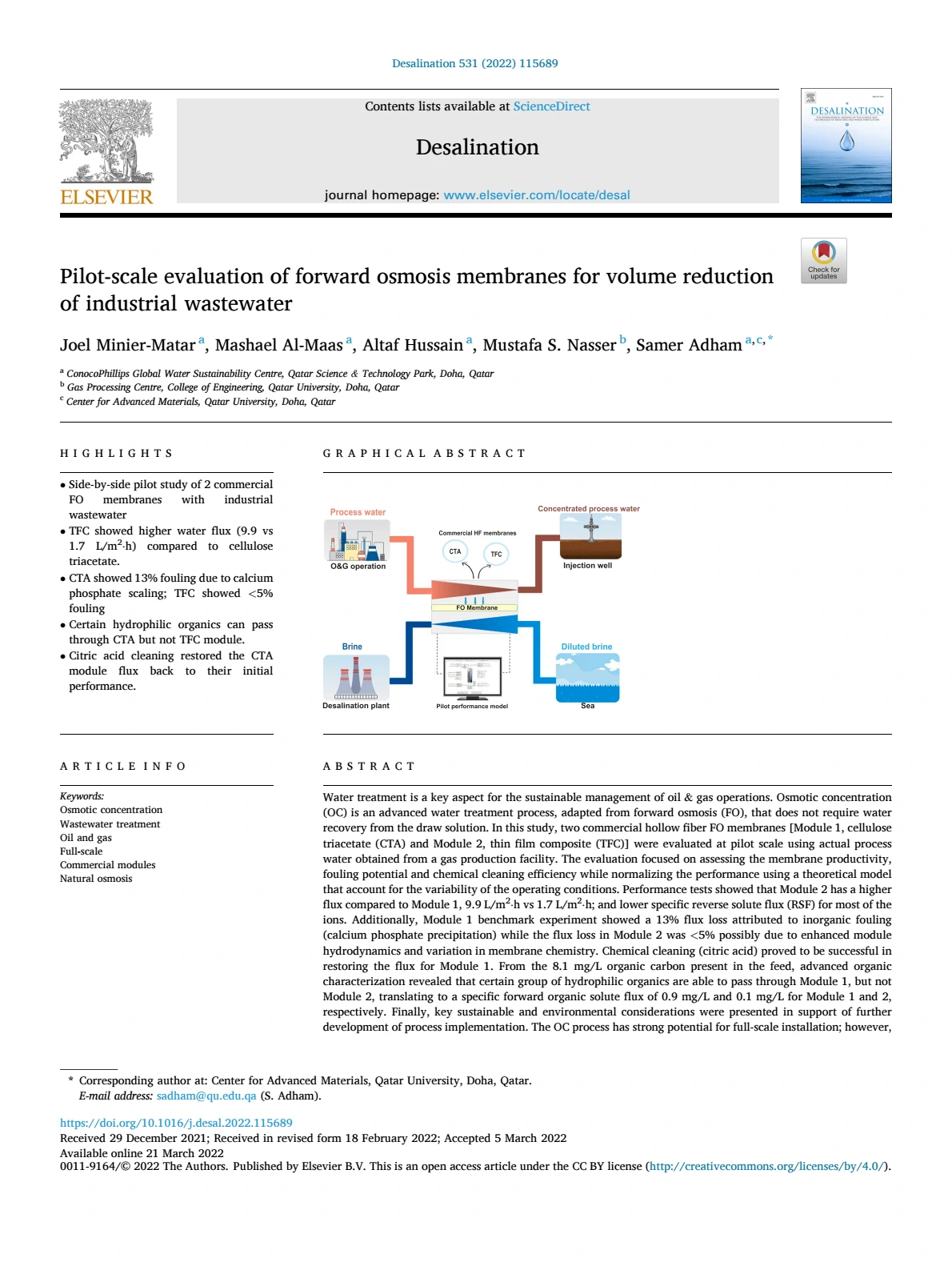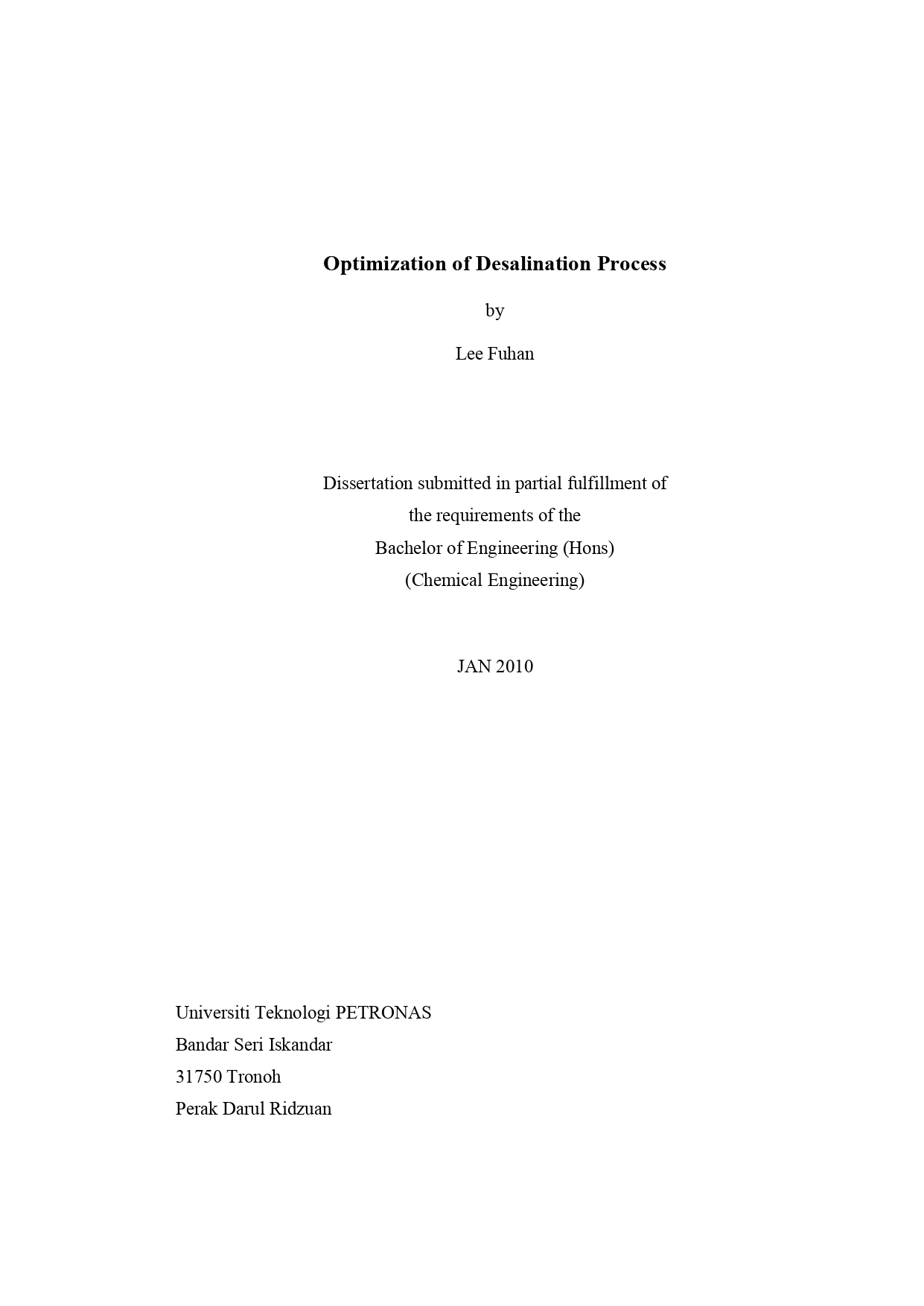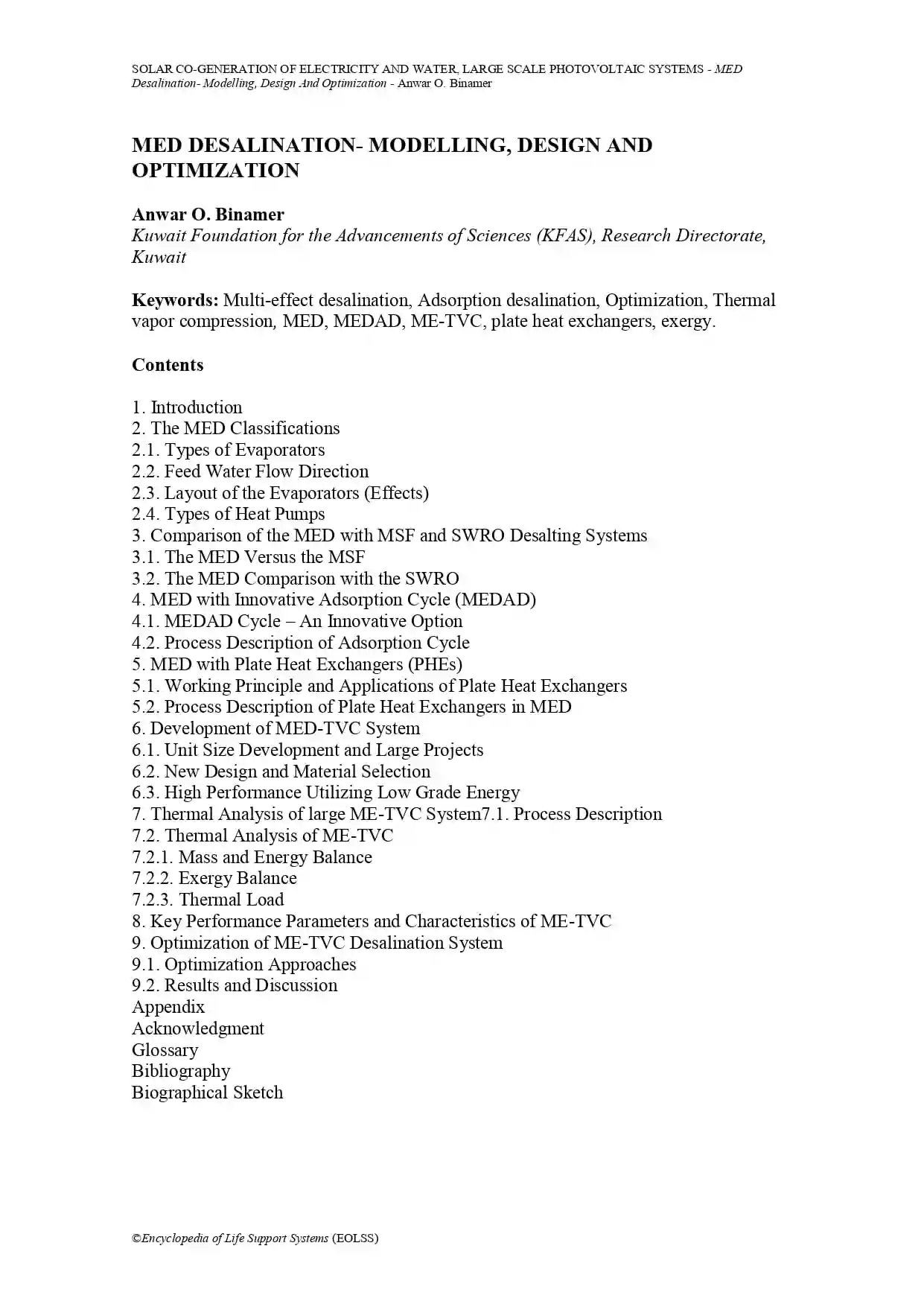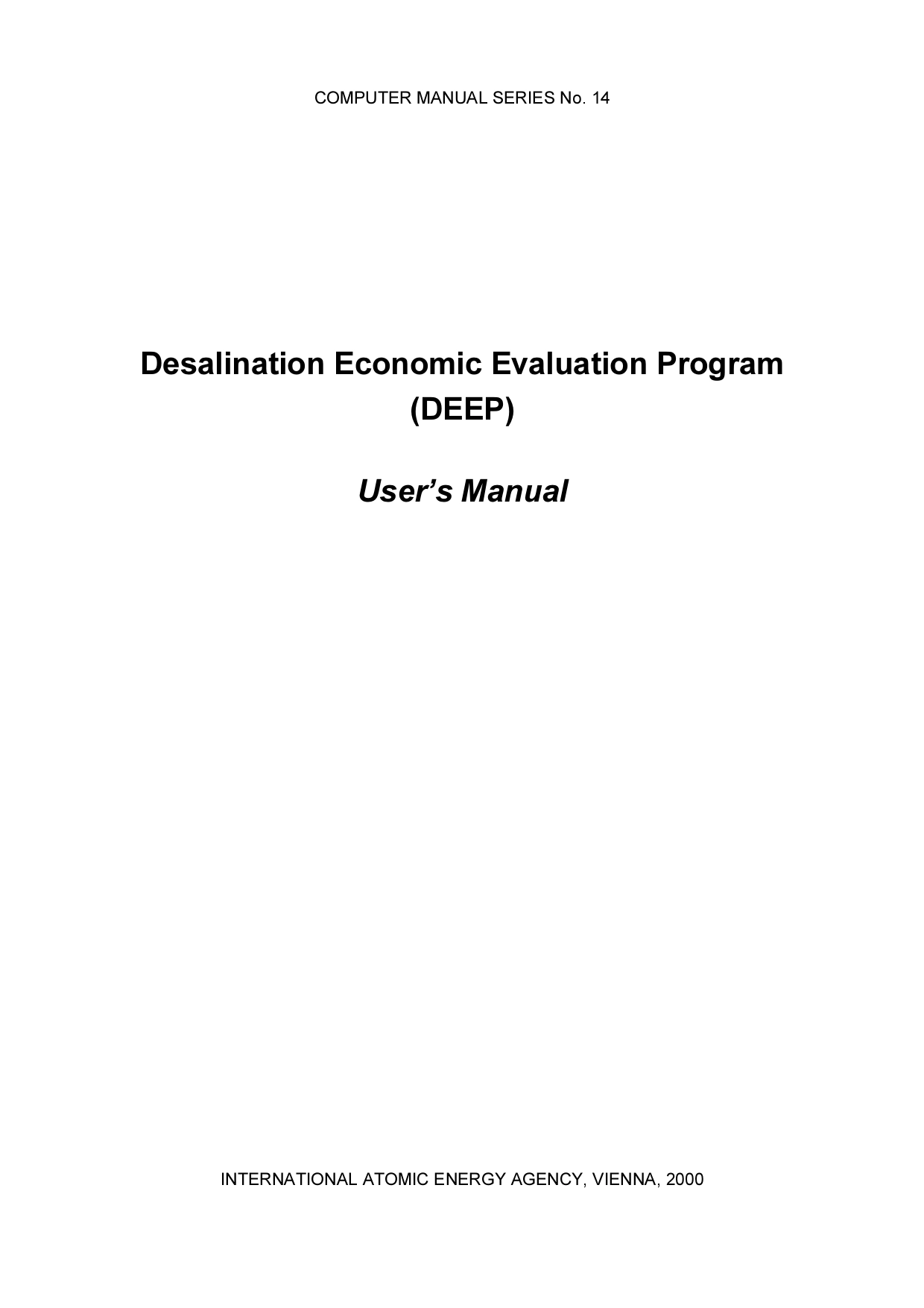Pilot Study Of Emerging Low-Energy Seawater Reverse Osmosis Desalination Technologies For High-Salinity, High-Temperature, And High-Turbidity Seawater☆
The increasing impact of climate change has worsened drought conditions, leading to a surge in the demand for seawater desalination. However, current seawater reverse osmosis (SWRO) desalination technologies are not energy-efficient for handling the high-salinity, high-temperature, and high-turbidity seawater found in the Arabian Gulf. Therefore, a pilot-scale SWRO desalination plant was established to evaluate the new desalination technologies. The pilot plant tested high-performance SWRO membranes, meshed tube filtration (MTF) as a lowenergy pretreatment for the high turbidity induced by algal blooms, and membrane capacitive deionization
(MCDI) to improve permeate quality.
Pilot Study Of Emerging Low-Energy Seawater Reverse Osmosis Desalination Technologies For High-Salinity, High-Temperature, And High-Turbidity Seawater☆
The increasing impact of climate change has worsened drought conditions, leading to a surge in the demand for seawater desalination. However, current seawater reverse osmosis (SWRO) desalination technologies are not energy-efficient for handling the high-salinity, high-temperature, and high-turbidity seawater found in the Arabian Gulf. Therefore, a pilot-scale SWRO desalination plant was established to evaluate the new desalination technologies. The pilot plant tested high-performance SWRO membranes, meshed tube filtration (MTF) as a lowenergy pretreatment for the high turbidity induced by algal blooms, and membrane capacitive deionization
(MCDI) to improve permeate quality.
Guidelines On Water Purification By Reverse Osmosis (RO)
Introduction:
Water is essential for life. The amount of fresh water on earth is limited, and with the rapid industrialization, its quality is under constant pressure. Preserving the quality of raw water is important not only for the drinking-water supply, but also for food production and other water uses. Water quality can be compromised by the presence of infectious agents, toxic chemicals, and radiological hazards. Water quality deterioration in distribution systems is mainly caused by inappropriate planning, design and construction or inadequate operation and maintenance and water quality control. This has been linked to a significant proportion of the burden of waterborne and water-related illness. Stresses on these systems caused by rapid urbanization, population growth and aging infrastructure further exacerbates the problems. The integrity of well managed distribution systems is one of the most important barriers that protect drinking-water from contamination. However, management of distribution systems often receives little attention. Distribution systems can incorrectly be viewed as passive systems with the only requirement being to transport drinking-water from the outlets of treatment plants to consumers. Hence it is the prime responsibility of Civil Engineering Department to arrange adequate and safe supply of water of acceptable quality to Railway premises as well Railway stations for the passengers.
Guidelines On Water Purification By Reverse Osmosis (RO)
Introduction:
Water is essential for life. The amount of fresh water on earth is limited, and with the rapid industrialization, its quality is under constant pressure. Preserving the quality of raw water is important not only for the drinking-water supply, but also for food production and other water uses. Water quality can be compromised by the presence of infectious agents, toxic chemicals, and radiological hazards. Water quality deterioration in distribution systems is mainly caused by inappropriate planning, design and construction or inadequate operation and maintenance and water quality control. This has been linked to a significant proportion of the burden of waterborne and water-related illness. Stresses on these systems caused by rapid urbanization, population growth and aging infrastructure further exacerbates the problems. The integrity of well managed distribution systems is one of the most important barriers that protect drinking-water from contamination. However, management of distribution systems often receives little attention. Distribution systems can incorrectly be viewed as passive systems with the only requirement being to transport drinking-water from the outlets of treatment plants to consumers. Hence it is the prime responsibility of Civil Engineering Department to arrange adequate and safe supply of water of acceptable quality to Railway premises as well Railway stations for the passengers.
Desalting Handbook for Planners
ABSTRACT:
This Handbook was first published by the Office of Water Research and Technology and the Bureau of Reclamation in 1972. A second edition was published by the Bureau of Reclamation in 1977. In the intervening years, desalting technology and cost have changed radically, raising the need for this Handbook (the third edition). The Handbook contains descriptions of both thermal and membrane technologies in common use today, together with chapters on the history of desalination in the U.S. Chapters on pretreatment and post-treatment, environmental issues, and a chapter on case histories precede the final chapter on costs and cost estimating.
This Handbook is designed for use by appointed and elected officials, planners, and consultants with a limited knowledge of the technologies involved, but who have enough familiarity with the general principles to recognize that desalting may have value as a viable alternate source of drinking water for their communities
Desalting Handbook for Planners
ABSTRACT:
This Handbook was first published by the Office of Water Research and Technology and the Bureau of Reclamation in 1972. A second edition was published by the Bureau of Reclamation in 1977. In the intervening years, desalting technology and cost have changed radically, raising the need for this Handbook (the third edition). The Handbook contains descriptions of both thermal and membrane technologies in common use today, together with chapters on the history of desalination in the U.S. Chapters on pretreatment and post-treatment, environmental issues, and a chapter on case histories precede the final chapter on costs and cost estimating.
This Handbook is designed for use by appointed and elected officials, planners, and consultants with a limited knowledge of the technologies involved, but who have enough familiarity with the general principles to recognize that desalting may have value as a viable alternate source of drinking water for their communities
Advanced Reverse Osmosis System Design
Overview of Advanced RO Design
• RO system design guideline variables
• Drivers for RO system configuration selection
• Principles and benefits of RO array flux balancing
• Array selection criteria to achieve permeate quality target
• Energy recovery
Advanced Reverse Osmosis System Design
Overview of Advanced RO Design
• RO system design guideline variables
• Drivers for RO system configuration selection
• Principles and benefits of RO array flux balancing
• Array selection criteria to achieve permeate quality target
• Energy recovery
Microbial Desalination Cells for Low Energy Drinking Water
This book presents the information generated throughout the EU funded MIDES project and includes the latest developments related to desalination of seawater and brackish water by applying an innovative novel technology called microbial desalination cells. The MIDES project received funding from the European Union’s Horizon 2020 research and innovation programme under grant agreement No. 685793. The project was implemented between 2016 and 2020 and aimed to revolutionize desalination by developing a sustainable low-energy process of producing safe drinking water, using microbial desalination cells (MDCs).
Microbial Desalination Cells for Low Energy Drinking Water
This book presents the information generated throughout the EU funded MIDES project and includes the latest developments related to desalination of seawater and brackish water by applying an innovative novel technology called microbial desalination cells. The MIDES project received funding from the European Union’s Horizon 2020 research and innovation programme under grant agreement No. 685793. The project was implemented between 2016 and 2020 and aimed to revolutionize desalination by developing a sustainable low-energy process of producing safe drinking water, using microbial desalination cells (MDCs).
Design of a Desalination Plant by Using Renewable Energy in the Southern of KSA
ABSTRACT: Design of a Desalination Plant by Using Renewable Energy in the Southern of KSA Senior project submitted to the department of Mechanical Engineering Saudi Arabia as a part of Arabian Peninsula is rich in renewable energy especially solar and wind.
Design of a Desalination Plant by Using Renewable Energy in the Southern of KSA
ABSTRACT: Design of a Desalination Plant by Using Renewable Energy in the Southern of KSA Senior project submitted to the department of Mechanical Engineering Saudi Arabia as a part of Arabian Peninsula is rich in renewable energy especially solar and wind.


